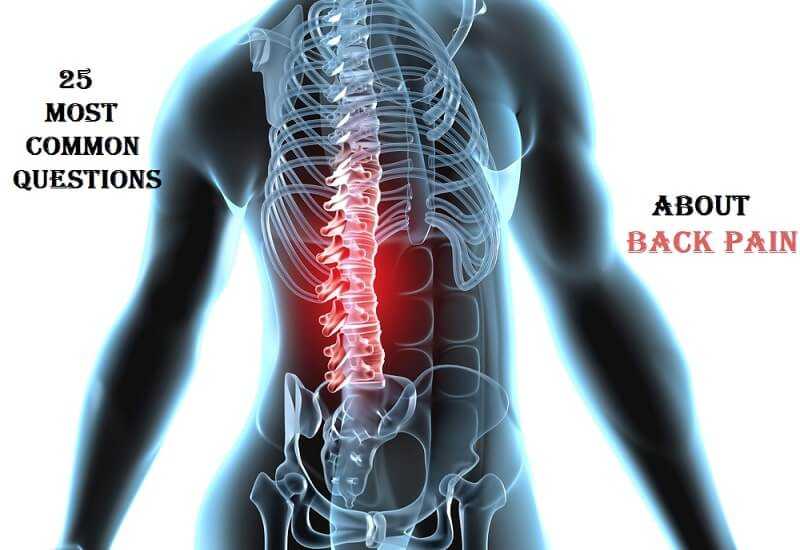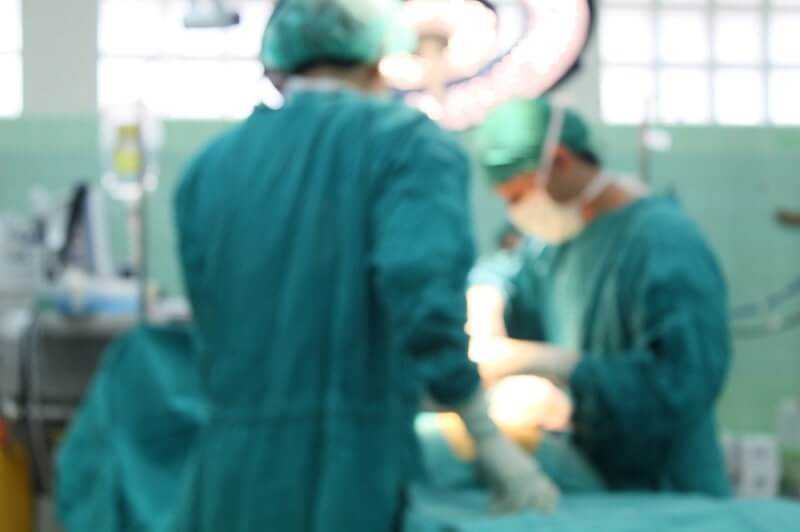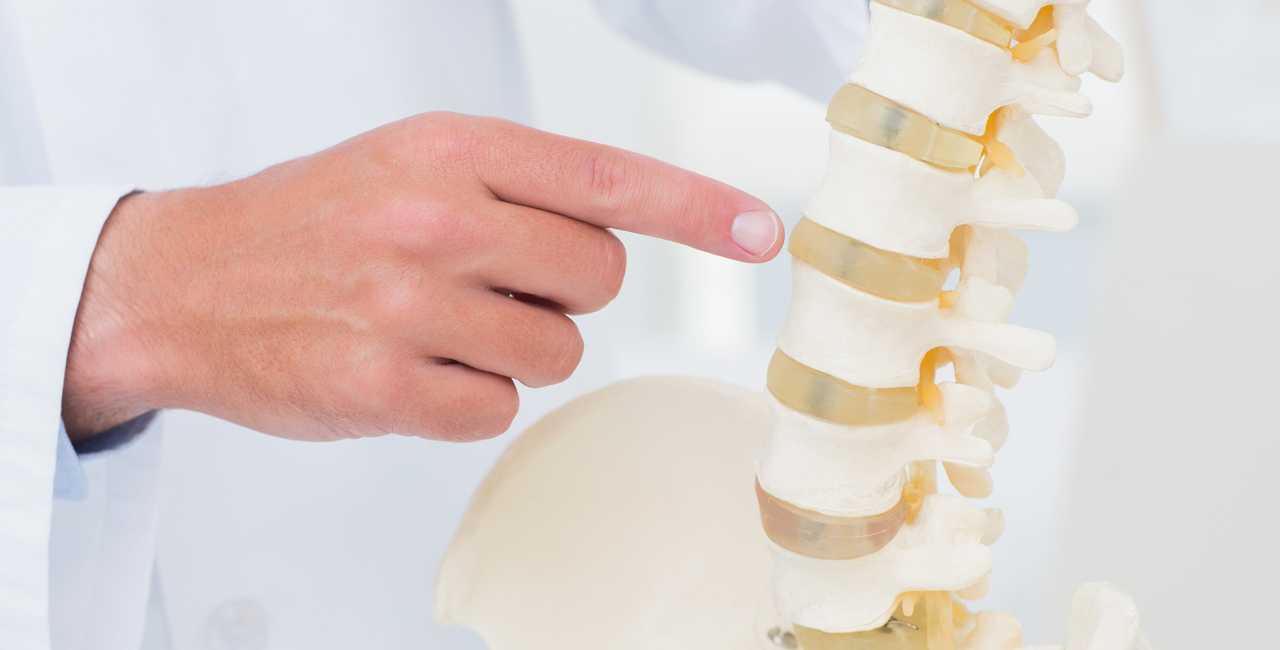Laminectomy and Dynamic Stabilisation

Description
Any surgery that relieves compression on the spinal cord or spinal nerves is considered to be a decompressive surgery.
If the compression is being caused by a narrowing of the spinal canal – leading to pressure on the spinal cord or nerve roots – a laminectomy may be considered. The procedure is performed through an incision in the lower back.
The surgeon will remove a section of bone – called the lamina – from one or more of the vertebrae. This relieves pressure on the nerve roots.
It is also used when the disc is badly damaged, and the surgeon needs greater access to perform a discectomy. If stenosis is present, the surgeon may enlarge the foramen (the opening between the vertebrae) to allow more space for the nerve to exit.
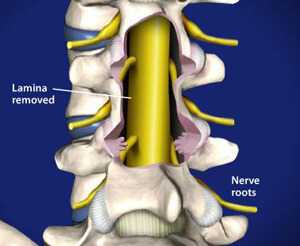
Before the procedure
- If you are taking aspirin or anti-inflammatory medications daily, you will need to stop taking these at least one week before surgery
- If you take any other prescription medications, or other drugs, consult your doctor about how soon before surgery you should stop taking them.
- Do not have anything to eat or drink for six hours before surgery
- You will check into the hospital on the morning of the surgery
During the procedure
- Surgery is done under a general anaesthetic
- An incision is made in the low back area
- The surgeon removes the spinous process (the portion of the vertebrae that protrudes furthest from the back of the spine). These are the bones you feel when you touch the middle portion of your lower back
- The surgeon then removes the lamina (the portion of the vertebrae that covers the nerve roots). Removing the damaged lamina opens up the spinal canal taking pressure of the nerves
- Once the spinal canal is clear of any bone fragments, the area is checked to ensure that the nerve roots are no longer being pinched.
- Surgeons usually stabilize the spine with screws and rods after the laminectomy- using dynamic stabilization devices- these allow a jog of movement in the spine, but stabilize it, and avoid the need of a fusion
- Surgery takes approximately one to four hours
After the procedure
- You will be in the recovery room for one to two hours
- After going to your hospital room you will be able to use a PCA pump to get medication for pain control. This machine controls the amount of medication that can be received.
- Staff will usually get you out of bed the next day as the surgery
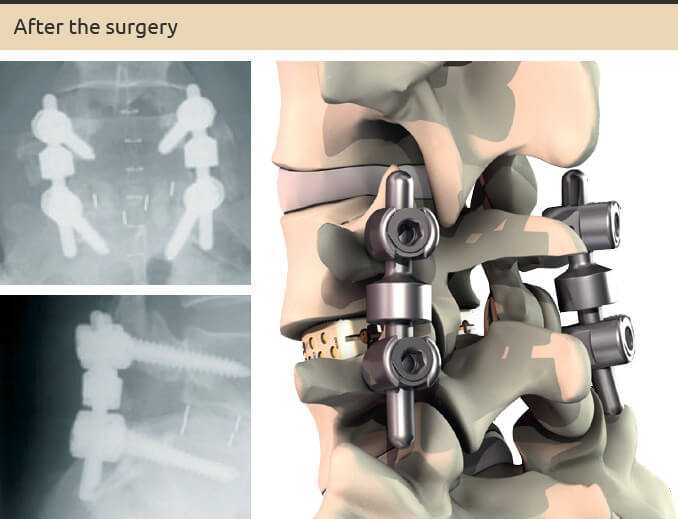
- The hospital stay is usually one to three days
- You will be given any needed prescriptions and discharge instructions
- A set of exercises that you can do at home will be provided

- Physical therapy is usually initiated after the first follow up visit after surgery
- Recovery from decompression surgery is usually relatively brief, but varies greatly amongst patients – depending upon the age and health of the individual. Return to work varies greatly amongst patients and is related to your overall health and the type of work you do.
Facebook
Google+
Twitter
Pinterest
Reddit
StumbleUpon

